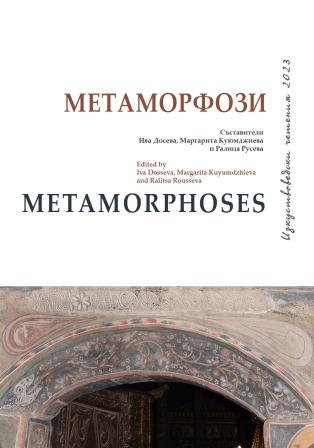The Phiale Fountain of the Episcopal Basilica of Philippopolis: On the Treatment of Spolia in Late Antiquity. Metamorphoses of the Sacred Water Concept
The Phiale Fountain of the Episcopal Basilica of Philippopolis: On the Treatment of Spolia in Late Antiquity. Metamorphoses of the Sacred Water Concept
Author(s): Iva Dosseva, Elena Kantareva-Decheva, Stanislav StanevSubject(s): Fine Arts / Performing Arts, Architecture, Visual Arts, History of Art
Published by: Институт за изследване на изкуствата, Българска академия на науките
Keywords: labrum; nymphaeum; stela; orthostates; spiral flutes
Summary/Abstract: The phiale fountain of the Episcopal basilica of Philippopolis was built of elements, most of which had belonged to a Roman fountain/nymphaeum. Considering the dual cultural orientation of Philippopolis, both to the West and to the East, we propose to refer to the fountain’s marble vessel as a labrum for its original use in the Roman period. Its decoration and structure are different from the examples known to us, thus suggesting that it was made-to-order. During the period of its reuse in a Christian environment, it is defined as a phiale – with regard to its sub-sequent reuse in a Christian setting as a spolium with an altered size, appearance, function and meaning.
Journal: Изкуствоведски четения
- Issue Year: 2023
- Issue No: 1
- Page Range: 103-124
- Page Count: 22
- Language: English
- Content File-PDF

